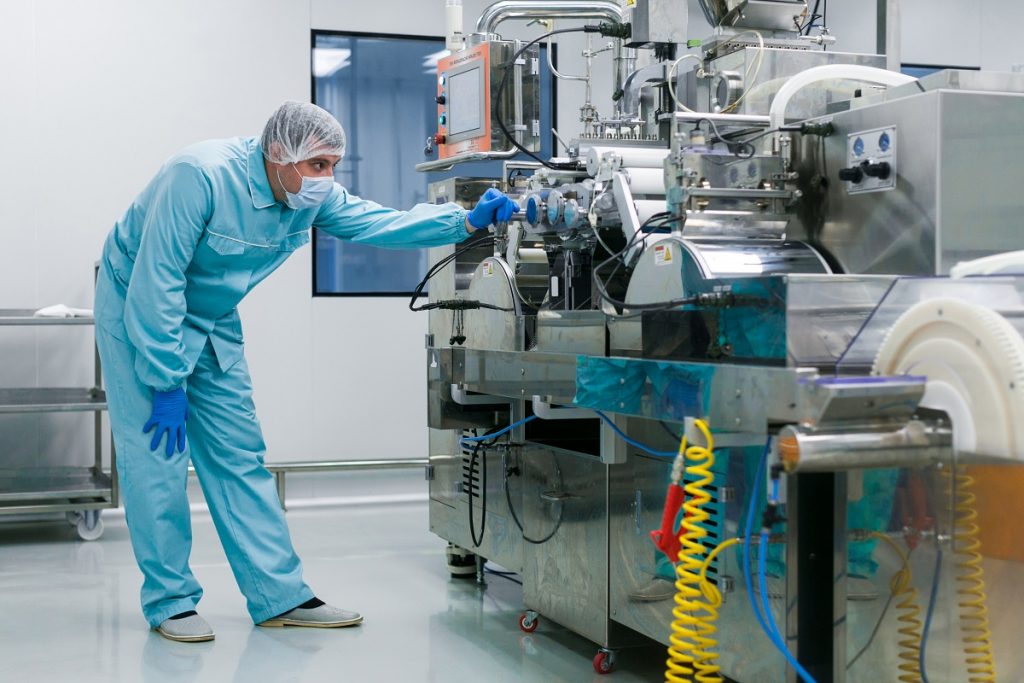Aside from good customer service and proper work etiquette, safety and health should be among the prime concerns of any business. Implementing programs that prioritize these can protect your best assets—your workers and customers. Especially in light of recent times, with COVID-19 slowing down most business, health and safety guidelines can go beyond avoiding the loss of workers to injury and illness. According to a Consumer Reports survey, 59% of Americans say they’re more likely to support businesses that follow COVID-19 safety guidelines. With that being said, here are three recommended safety and health practices that can help your business succeed.
Recommended Practices for Safety and Health in Businesses
First and foremost, you need to educate your employees on what they should do to ensure their health. This includes safety and emergency protocols, some examples being proper attire, proper cleaning techniques, and emergency equipment if anything were to go wrong. Your employees should also be informed on what specific hazards they should avoid in the workplace, whether heavy-duty cleaning products, large machinery, or stacked heavy boxes. As long as it is a risk, they need to be informed.
Follow up on what you taught your employees by reviewing the procedures. You can do this by performing drills that check their adherence to the dress codes, safety protocol, and emergency protocols. It would be best if you also encouraged your employees to consult personal injury lawyers if accidents do happen, as they can help workers seek compensation for medical bills and other related expenses.
Second, after fully briefing your employees, you need to inspect your workplace. This should be done regularly. To be specific, all equipment and tools need to be checked to ensure they are still safe to use. If they are not, they should be repaired or replaced immediately.
Other than items used, you also check out any storage areas. Making sure these areas are clean and orderly can help prevent any damage to equipment and any possible accidents. According to the national safety council, contact with objects, trips, and falls are among the top leading causes of work-related injuries. A first aid kit needs to be near your employees at all times, just in case.
And third, as a business owner, you need to maintain records. It would be best to note all equipment, first aid treatment, inspections, and training activities. In fact, the Occupational Safety and Health Administration fines employers who fail to keep accurate logs of illnesses and injuries.
More than being just another rule to follow, this information can actually help you keep track of trends concerning unsafe conditions or work procedures. With better record-keeping, you can target your business’s most dangerous aspects, making well-informed decisions on what practices to address, what processes to improve, and more.
How Businesses Benefit from Health and Safety Guidelines

Following these recommended practices keeps your business going and reduces any risks and slowdowns while working. With health and safety prioritized in the workplace, you ensure that your employees can work straight and efficiently while avoiding any mental and physical health problems. And as a result, they might become more alert and productive, collaborating with management to spot and address any potential issues before matters worsen.
In addition to this, your employees’ overall mood and the quality of your equipment can positively affect your customer base. Employees that aren’t sick or injured will have better interactions with clients while functioning equipment ensures smooth operations. Your reputation among consumers will improve, and they are more likely to come back to do business with you again.
3 C’s to Improve Workplace Health and Safety
Now that you know how important workplace health and safety is, you can start implementing the 3 Cs. Cleanliness helps avoid the spread of bacteria and allows your employees to work stress-free. Communication allows your team to discuss and fix problems immediately while building better employer-employee relationships. Cooperation between you and your workers will ensure that any guidelines you put in place will be followed to achieve your goal of creating a safer working environment for everyone.
All in all, work health and safety isn’t just something that can happen in one day. Implementing the recommended practices will take a lot of time and effort on all sides, with plenty of trial and error here and there. It might seem not easy at first, but it will all be worth it as you see your business flourish with healthier workers and happier customers.

